During the depths of a planetwide ice age, pockets of open ocean might have existed outside the tropics.
A new study bolsters the idea that the global glaciation wasn’t all encompassing. Geochemical evidence from ancient rocks suggests zones of open ocean may have been present north of the Tropic of Cancer, a region that was previously considered too cold to host life during this period. “There’s a habitable zone,” says Shuhai Xiao, a geobiologist at theand co-author of the new work. And it’s “perhaps wider than previously thought.
The geological record indicates Earth has experienced at least two such periods. The most recent one is known as the Marinoan Ice Age, between 654 million and 635 million years ago. Life was limited to the oceans and large creatures had yet to evolve, but fossils show that microscopic eukaryotes such as algae lived before and after the episode. Such organisms require sunlight and open water, Xiao says. “You have to envision some sort of refuge where these algae can survive.
The results jibe with multiple lines of evidence from other studies, which indicate clement conditions at similar latitudes during the ice age, says Carol Dehler, a geologist at Utah State University who wasn’t involved in the work.
United States Latest News, United States Headlines
Similar News:You can also read news stories similar to this one that we have collected from other news sources.
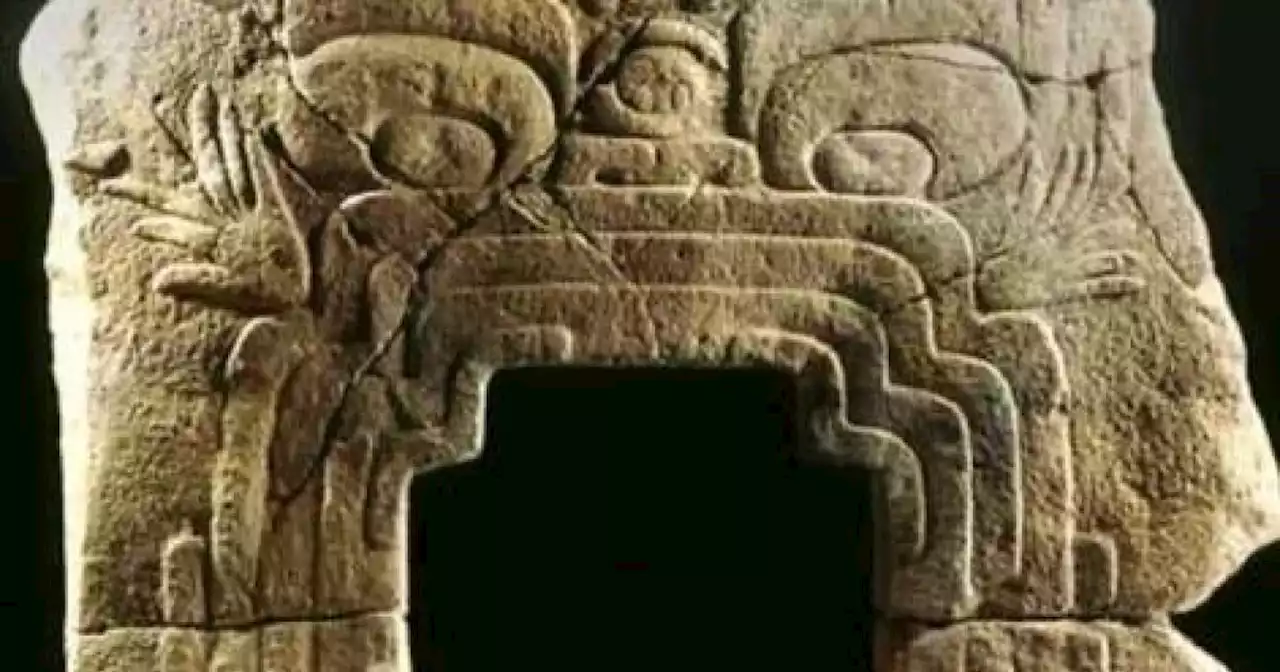 Ancient 'Earth monster' statue returned to Mexico after being illegally taken to U.S.Mexico has recovered from the United States a giant stone statue known as an 'Earth monster' that dates to the Olmec civilization before the Christian era, authorities said.
Ancient 'Earth monster' statue returned to Mexico after being illegally taken to U.S.Mexico has recovered from the United States a giant stone statue known as an 'Earth monster' that dates to the Olmec civilization before the Christian era, authorities said.
Read more »
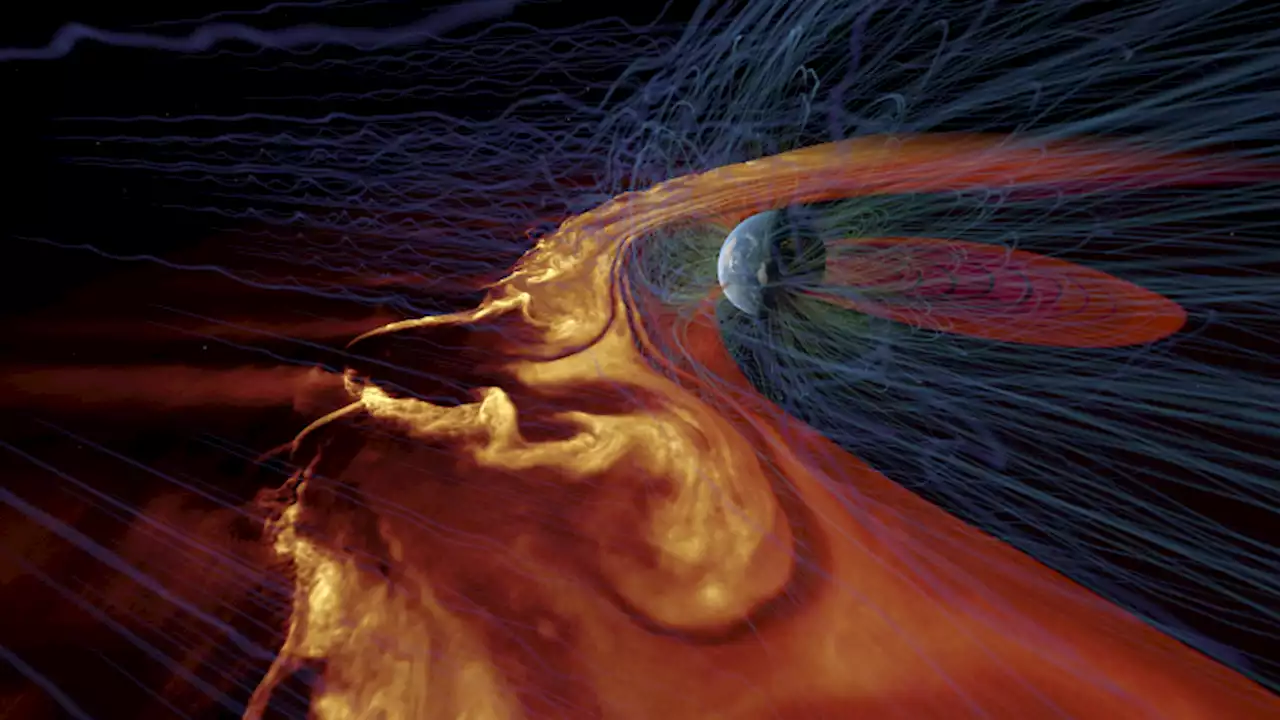 Strange radio signals detected from Earth-like planet could be a magnetic field necessary for lifeEarth's magnetic field protects life on our blue planet — and astronomers just found evidence of a magnetic field on a rocky exoplanet 12 light-years away.
Strange radio signals detected from Earth-like planet could be a magnetic field necessary for lifeEarth's magnetic field protects life on our blue planet — and astronomers just found evidence of a magnetic field on a rocky exoplanet 12 light-years away.
Read more »
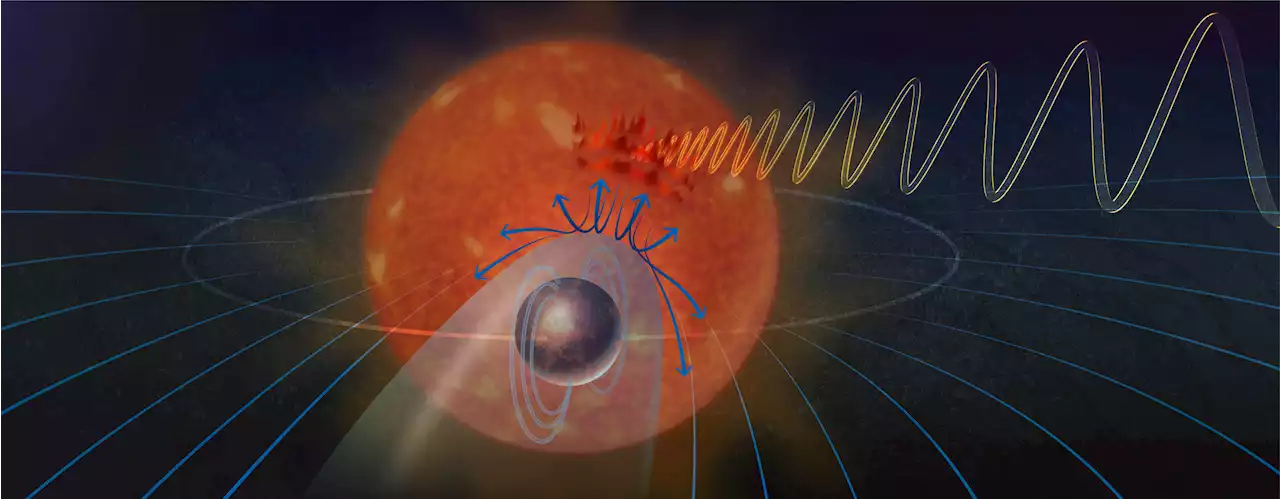 Do Earth-like exoplanets have magnetic fields? Far-off radio signal is promising signEarth's magnetic field does more than keep everyone's compass needles pointed in the same direction. It also helps preserve Earth's sliver of life-sustaining atmosphere by deflecting high energy particles and plasma regularly blasted out of the sun. Researchers have now identified a prospective Earth-sized planet in another solar system as a prime candidate for also having a magnetic field—YZ Ceti b, a rocky planet orbiting a star about 12 light-years away from Earth.
Do Earth-like exoplanets have magnetic fields? Far-off radio signal is promising signEarth's magnetic field does more than keep everyone's compass needles pointed in the same direction. It also helps preserve Earth's sliver of life-sustaining atmosphere by deflecting high energy particles and plasma regularly blasted out of the sun. Researchers have now identified a prospective Earth-sized planet in another solar system as a prime candidate for also having a magnetic field—YZ Ceti b, a rocky planet orbiting a star about 12 light-years away from Earth.
Read more »
In far West Texas, the work of artists thousands of years ago still speaks to usThe group is dedicated to preserving and recording the ancient paintings found on rugged...
Read more »
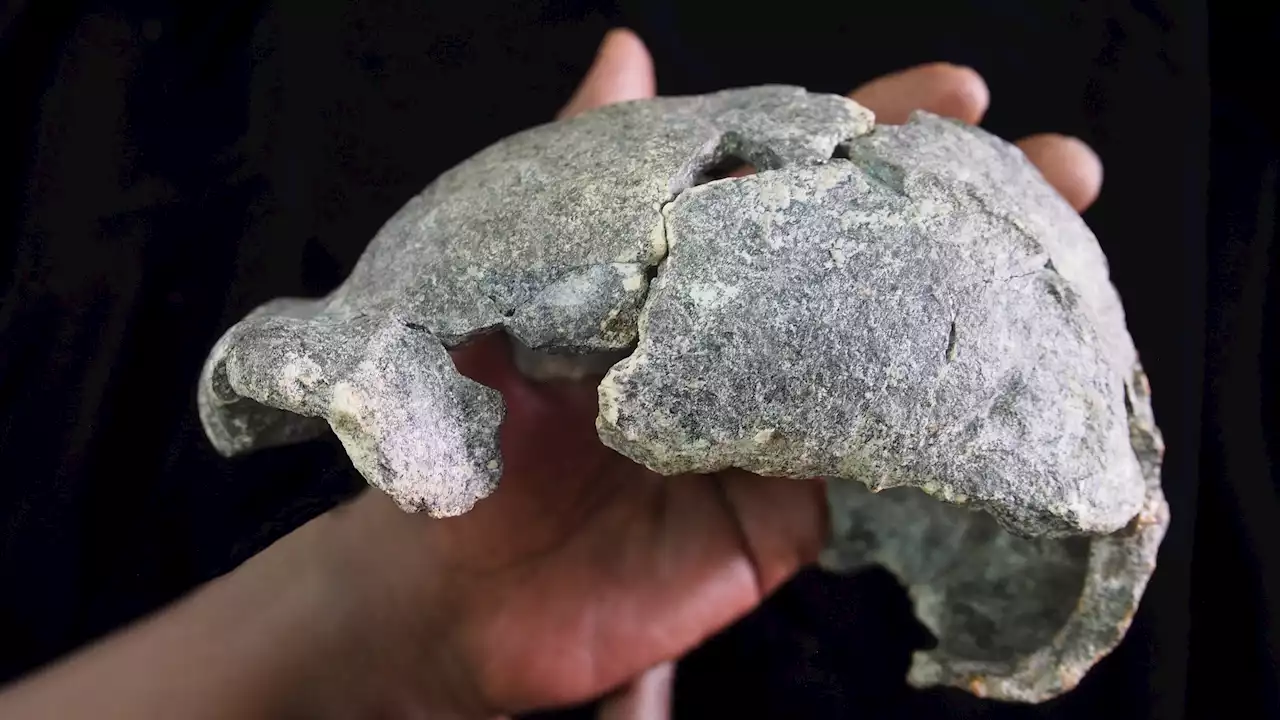 These Skulls From Ancient Humans Might Provide Clues About Early Mating Practices🔄FROM THE ARCHIVE Big differences between the physiques of males and females could indicate polygamous mating choices in early humans.
These Skulls From Ancient Humans Might Provide Clues About Early Mating Practices🔄FROM THE ARCHIVE Big differences between the physiques of males and females could indicate polygamous mating choices in early humans.
Read more »
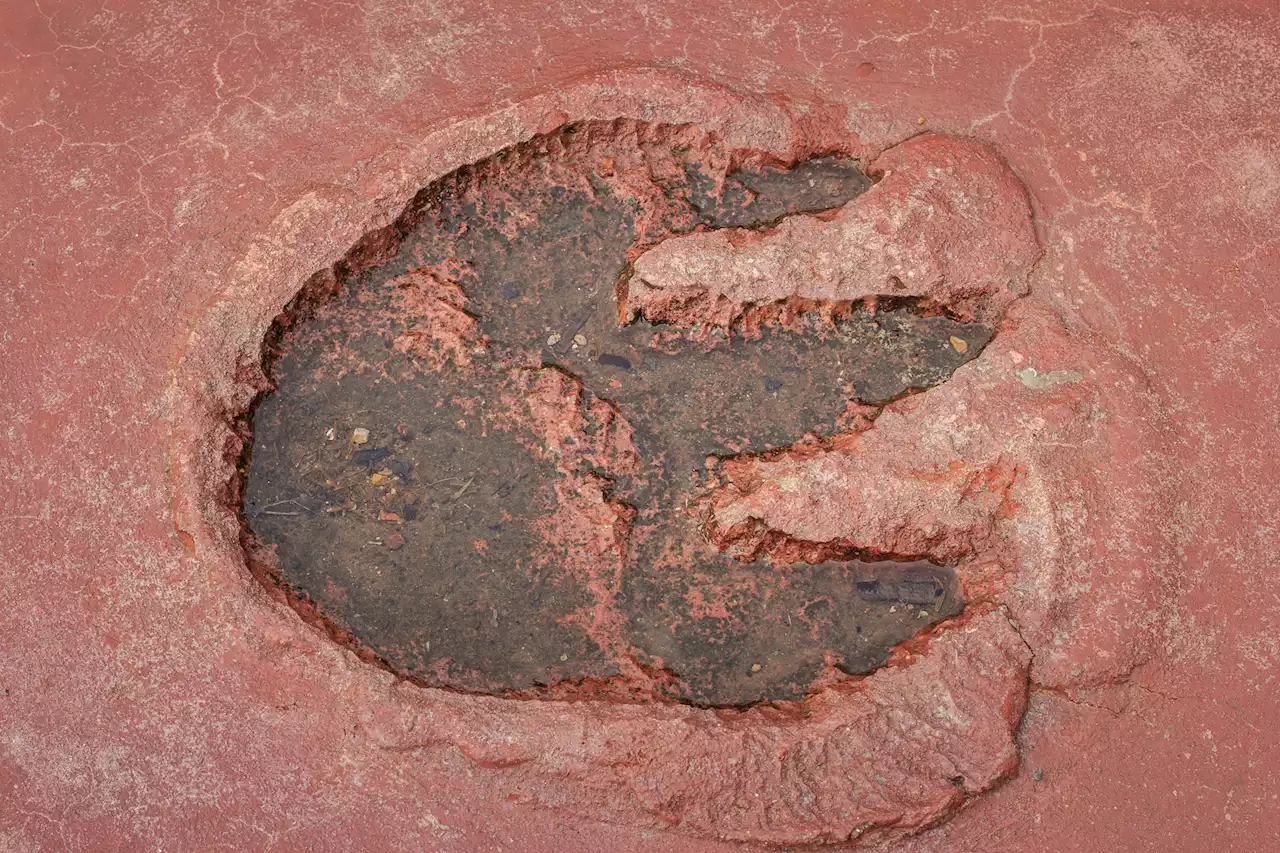 Scientists discovered fossilized footprints from before dinosaurs existedResearchers have discovered fossilized footprints belong to an ancient giant amphibian that predates the dinosaurs.
Scientists discovered fossilized footprints from before dinosaurs existedResearchers have discovered fossilized footprints belong to an ancient giant amphibian that predates the dinosaurs.
Read more »